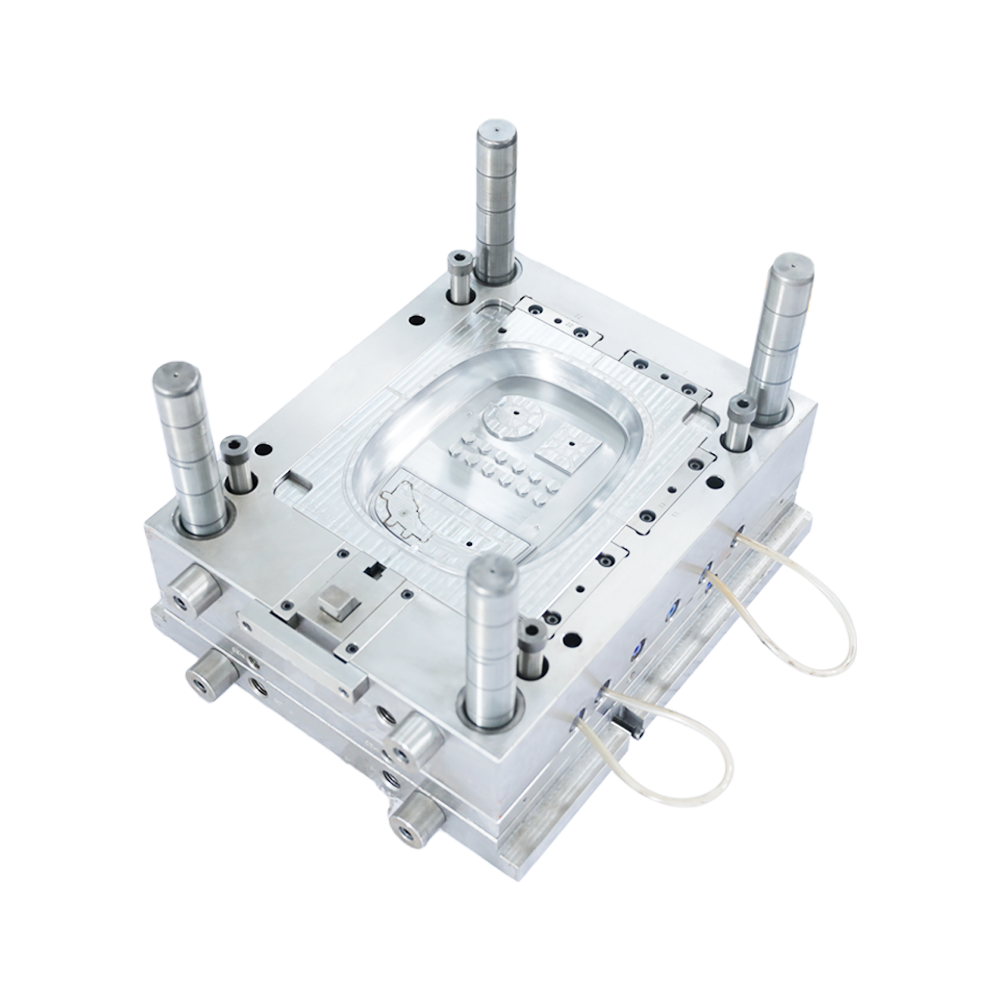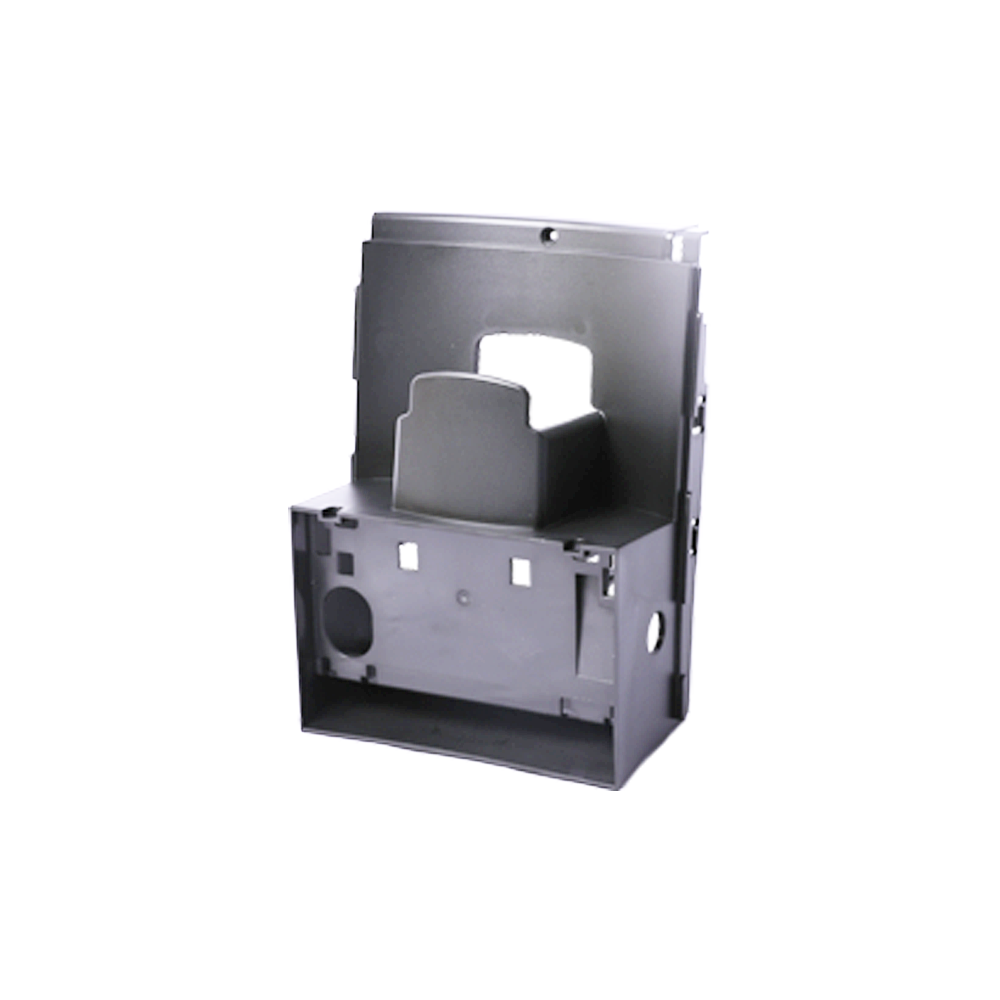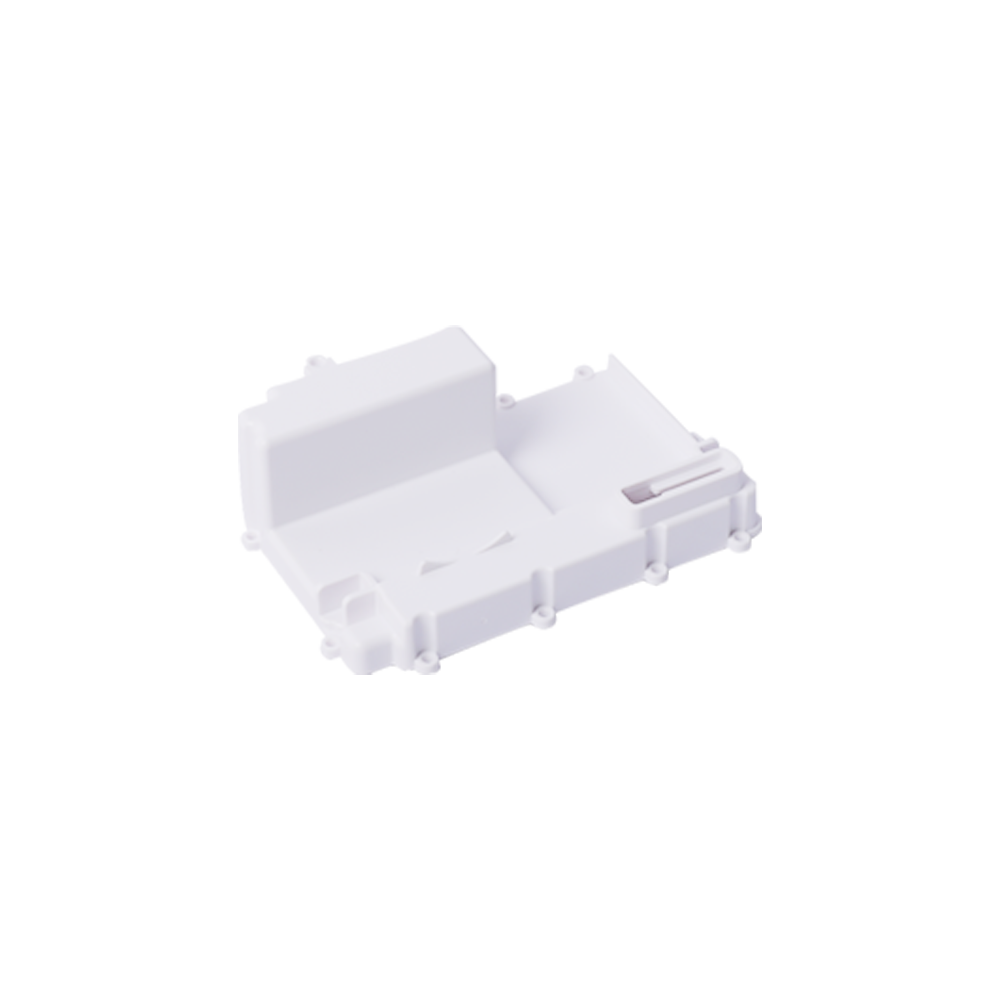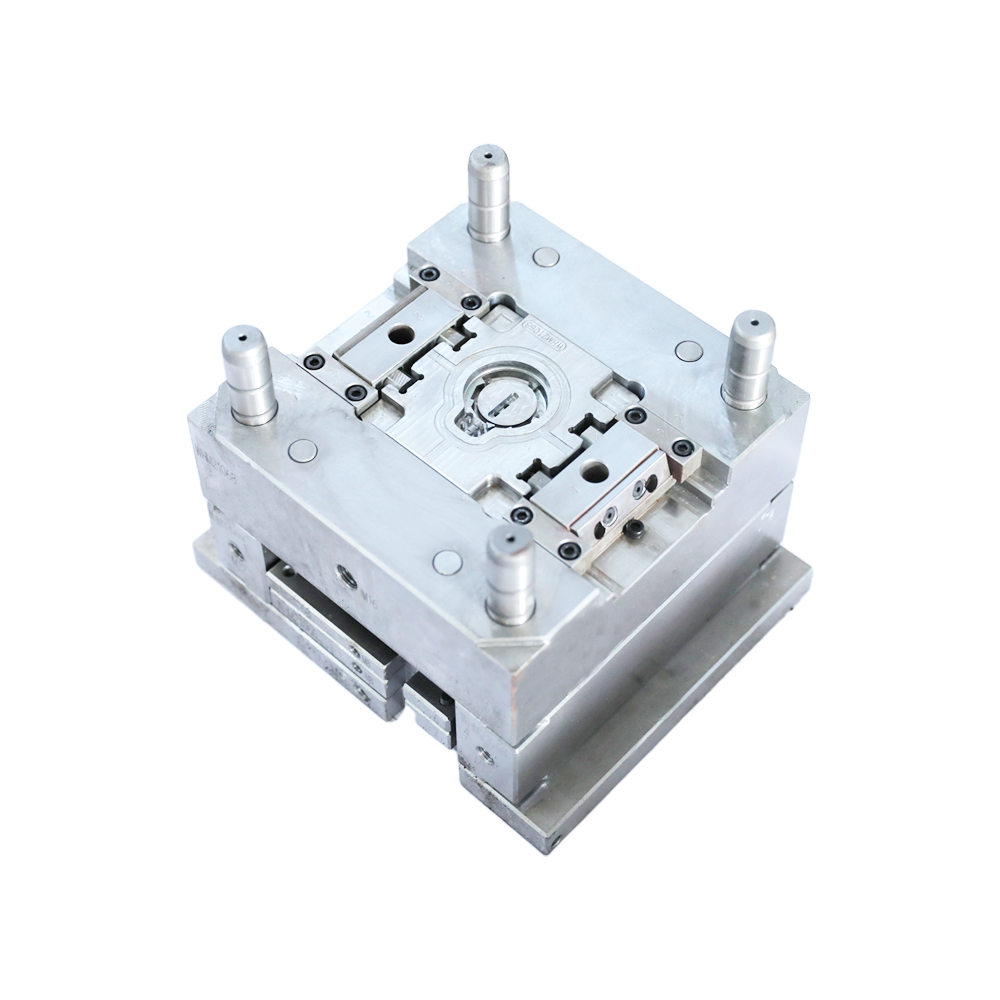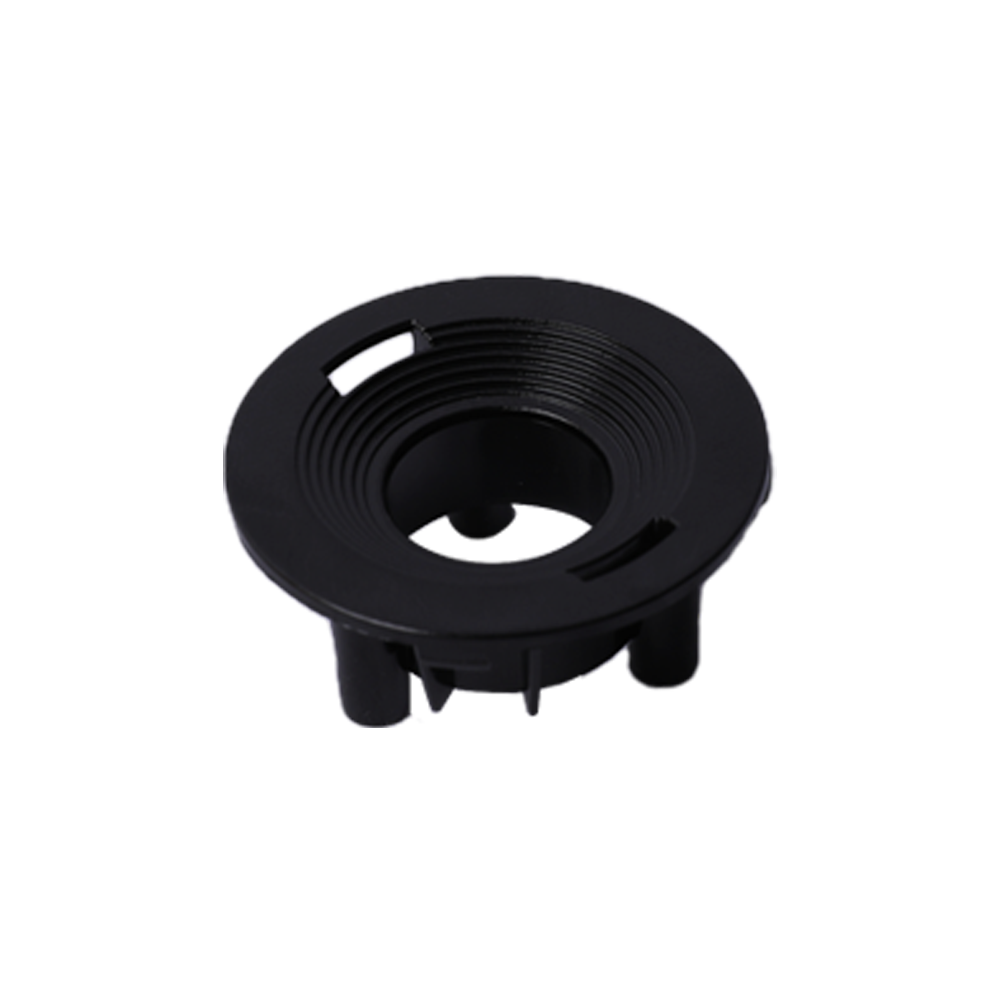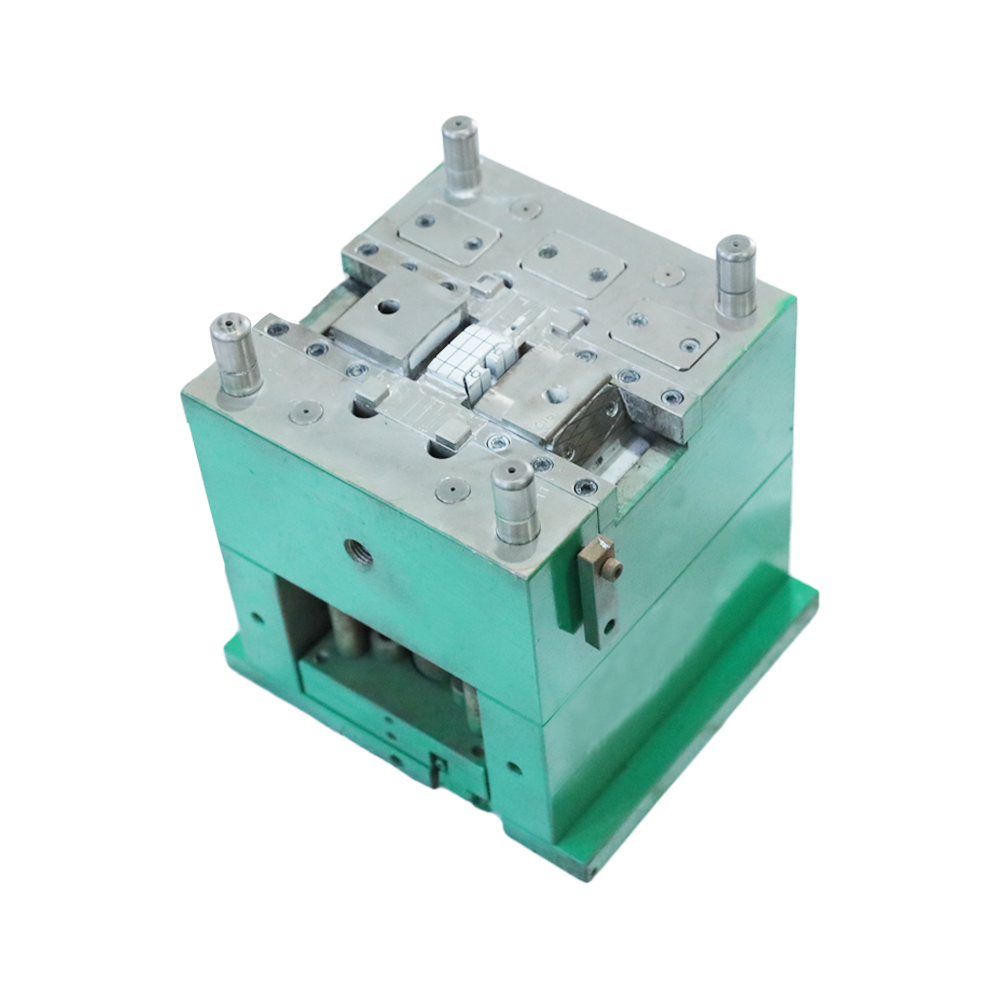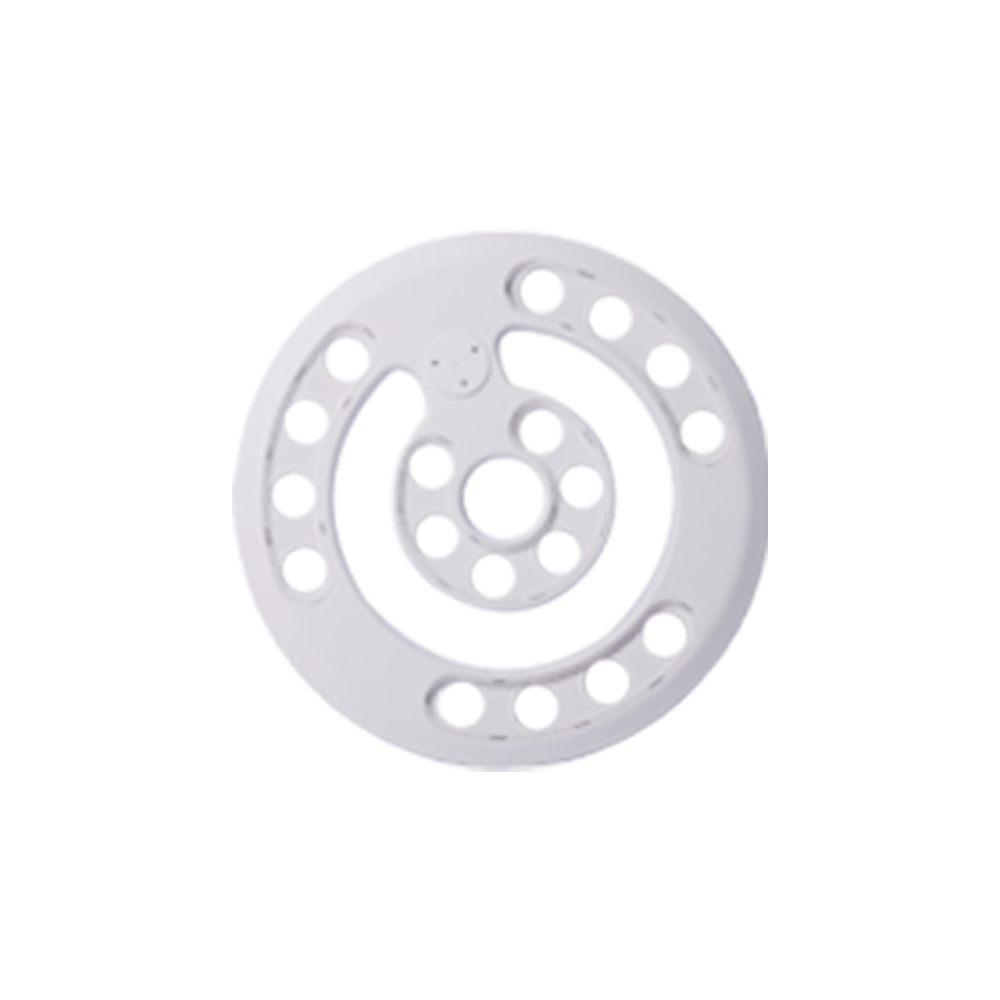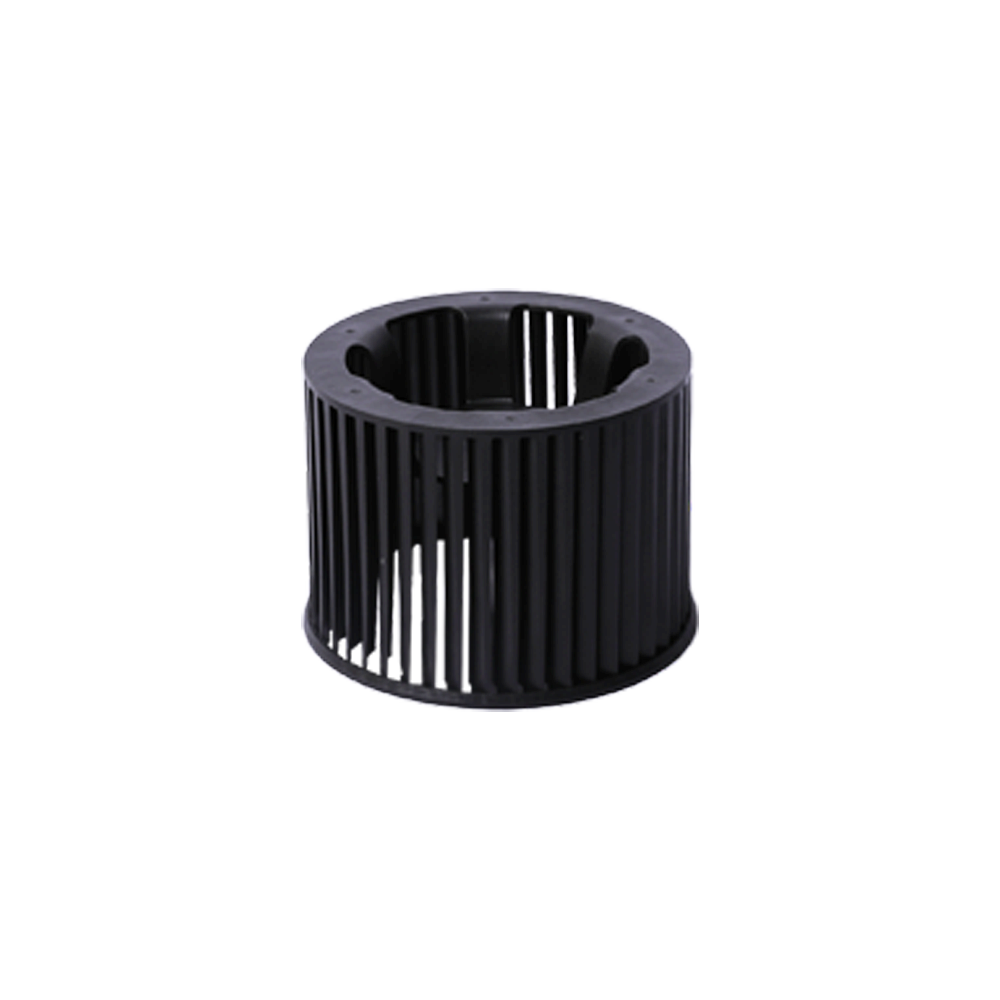Stamping die is a special process equipment that processes materials (metal or non-metal) into parts (or semi-finished products) in cold stamping, called cold stamping die (commonly known as cold stamping die).
Stamping is a pressure processing method that uses a die installed on a press to apply pressure to a material at room temperature to separate or plastically deform it to obtain the desired parts.
Practice has proved that the thermal processing quality of the mold has a great influence on the performance and service life of the mold. According to the analysis and statistics of the reasons for mold failure, the "accidents" of mold failure caused by improper heat treatment account for more than 40%.
(1) Forging process
This is an important link in the manufacturing process of mold working parts. For the mold of high alloy tool steel, technical requirements are usually put forward for the metallographic structure such as the carbide distribution of the material.
(2) Preliminary heat treatment
Preparatory heat treatment processes such as annealing, normalizing or quenching and tempering should be used depending on the material and requirements of the working parts of the mold to improve the structure, eliminate the organizational defects of the forging blank, and improve the processing technology. After proper preparatory heat treatment, the high carbon alloy die steel can eliminate the reticulated secondary cementite or chain carbide, make the carbide spheroidized and refined, and promote the uniformity of carbide distribution, which is conducive to ensuring quenching and tempering. quality, improve mold life.
(3) Quenching and tempering
This is the key link in the heat treatment of the mold. If overheating occurs during quenching and heating, it will not only cause greater brittleness of the workpiece, but also easily cause deformation and cracking during cooling, which will seriously affect the life of the mold. When the die is quenched and heated, special attention should be paid to preventing oxidation and decarburization, and the heat treatment process specification should be strictly controlled. When conditions permit, vacuum heat treatment can be used. After quenching, it should be tempered in time, and different tempering processes should be adopted according to technical requirements.
(4) Stress relief annealing
After rough machining, the working parts of the mold should be subjected to stress relief annealing treatment. The purpose is to eliminate the internal stress caused by rough machining, so as to avoid excessive deformation and cracks during quenching. For molds with high precision requirements, stress relief tempering is required after grinding or electrical machining, which is conducive to stabilizing mold accuracy and improving service life.
 +86-15995701933
+86-15995701933 [email protected]
[email protected]- OEM Plastic Mould Manufacturers

 ��������
��������
